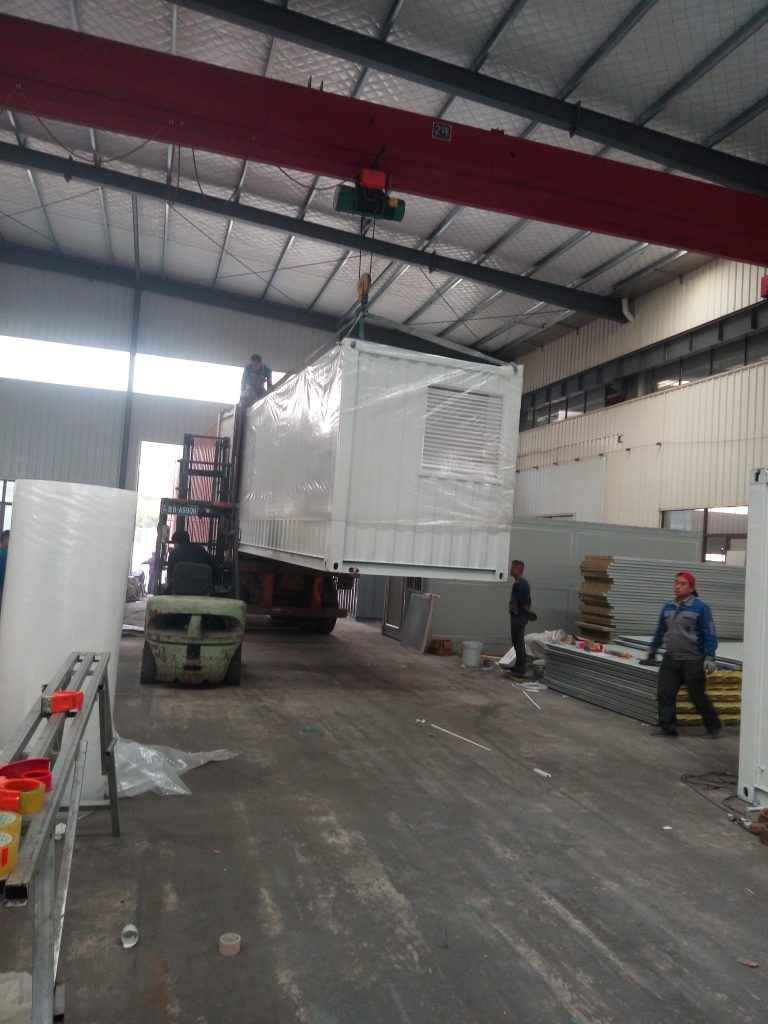Application potential and challenges of hangar solar panel systems in aviation maintenance
Advantages of Implementing Hangar Solar Panel Systems in Aviation Maintenance
Hangar solar panel systems have gained significant attention in recent years as a sustainable solution for powering aviation maintenance facilities. These systems harness the power of the sun to generate electricity, reducing reliance on traditional energy sources and lowering operational costs. The application potential of hangar solar panel systems in aviation maintenance is vast, offering numerous advantages for both the environment and the bottom line of aviation companies.

One of the primary advantages of implementing hangar solar panel systems is the potential for significant cost savings. By generating electricity from the sun, aviation maintenance facilities can reduce their reliance on grid power, which can be expensive and subject to price fluctuations. Solar energy is a renewable resource that is abundant and free, making it a cost-effective alternative to traditional energy sources. Over time, the savings from using solar power can offset the initial investment in installing solar panels, resulting in long-term financial benefits for aviation companies.
In addition to cost savings, hangar solar panel systems offer environmental benefits as well. By generating electricity from the sun, aviation maintenance facilities can reduce their carbon footprint and decrease their reliance on fossil fuels. This can help to mitigate the environmental impact of aviation operations, which are known to be a significant contributor to greenhouse gas emissions. By using solar power, aviation companies can demonstrate their commitment to sustainability and environmental stewardship, which can enhance their reputation and appeal to environmentally conscious customers.
Another advantage of hangar solar panel systems is their potential to provide a reliable source of power. Solar energy is a stable and predictable resource, unlike traditional energy sources that can be subject to disruptions and shortages. By harnessing the power of the sun, aviation maintenance facilities can ensure a consistent supply of electricity, even during periods of high demand or inclement weather. This can help to improve the reliability of operations and reduce the risk of downtime due to power outages or grid failures.
Despite the numerous advantages of hangar solar panel systems, there are also challenges that must be addressed in order to fully realize their potential in aviation maintenance. One of the primary challenges is the initial cost of installing solar panels, which can be significant. While the long-term savings from using solar power can offset this initial investment, aviation companies may be hesitant to make the upfront financial commitment required to install solar panels.
Another challenge is the limited space available for installing solar panels on hangar roofs. Aviation maintenance facilities are often large, complex structures with limited roof space, which can make it difficult to accommodate the number of solar panels needed to generate sufficient electricity. Additionally, hangar roofs may not be suitable for solar panel installation due to their orientation, shading, or structural limitations. Overcoming these challenges will require careful planning and coordination to ensure that solar panels are installed in a way that maximizes their efficiency and effectiveness.
In conclusion, hangar solar panel systems have the potential to revolutionize aviation maintenance by providing a sustainable source of power that offers numerous advantages for both the environment and the bottom line of aviation companies. By harnessing the power of the sun, aviation maintenance facilities can reduce their reliance on traditional energy sources, lower their operational costs, and demonstrate their commitment to sustainability. While there are challenges that must be addressed in order to fully realize the potential of hangar solar panel systems, the benefits they offer make them a promising solution for powering aviation maintenance facilities in the future.







